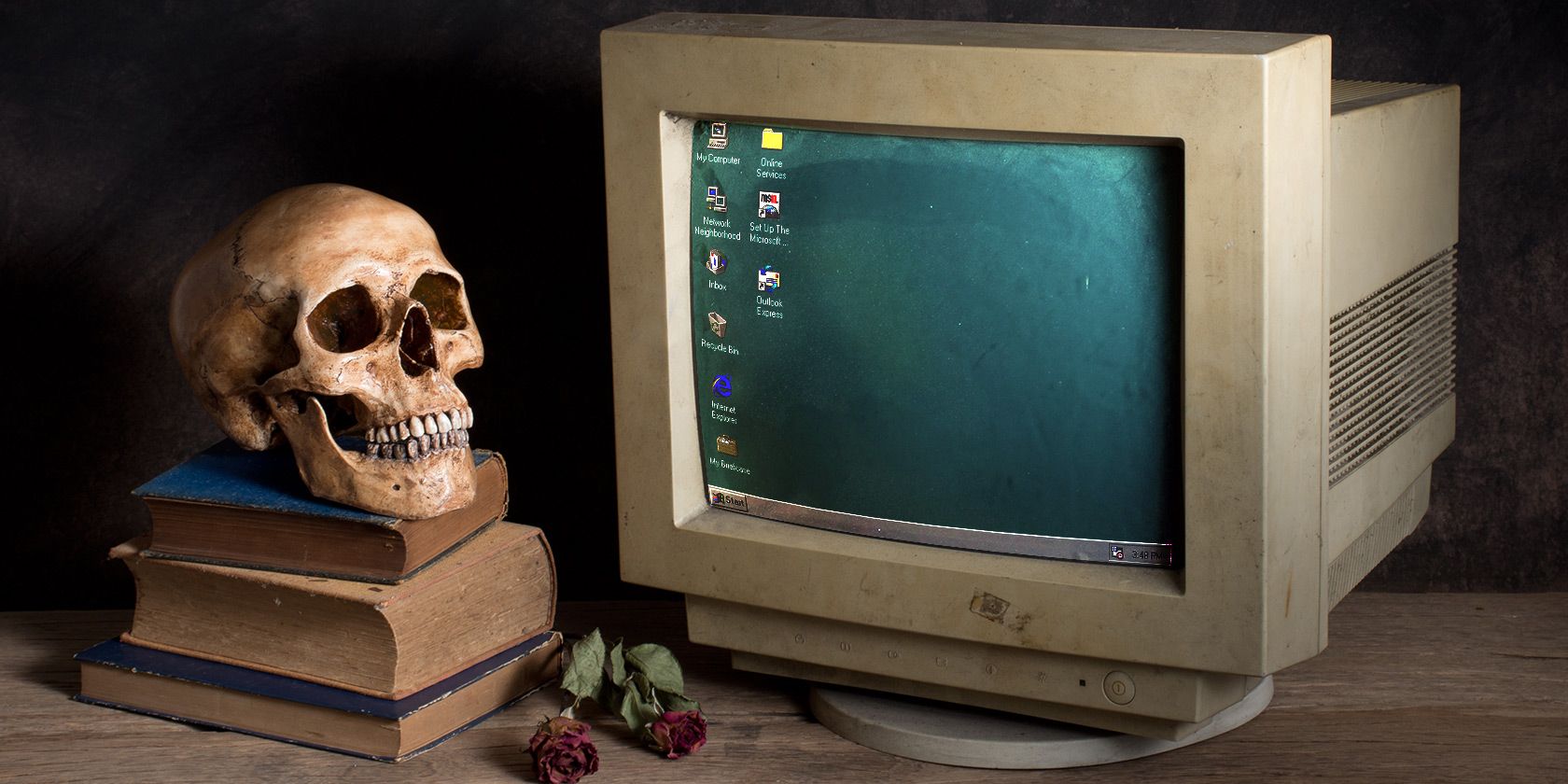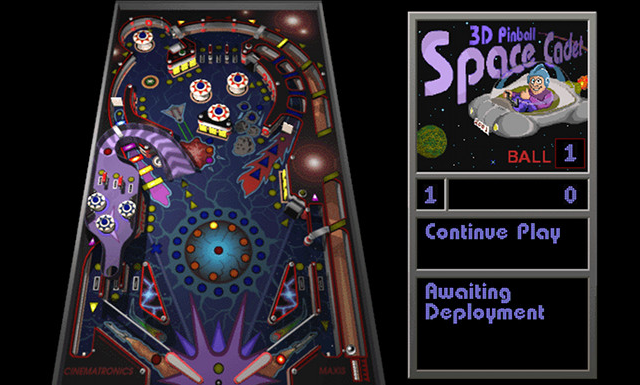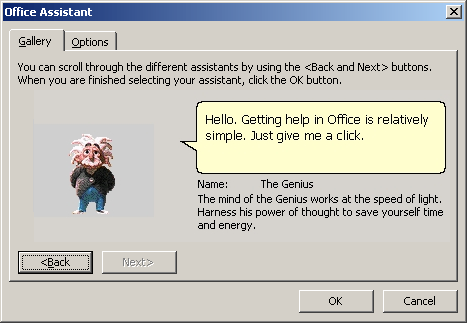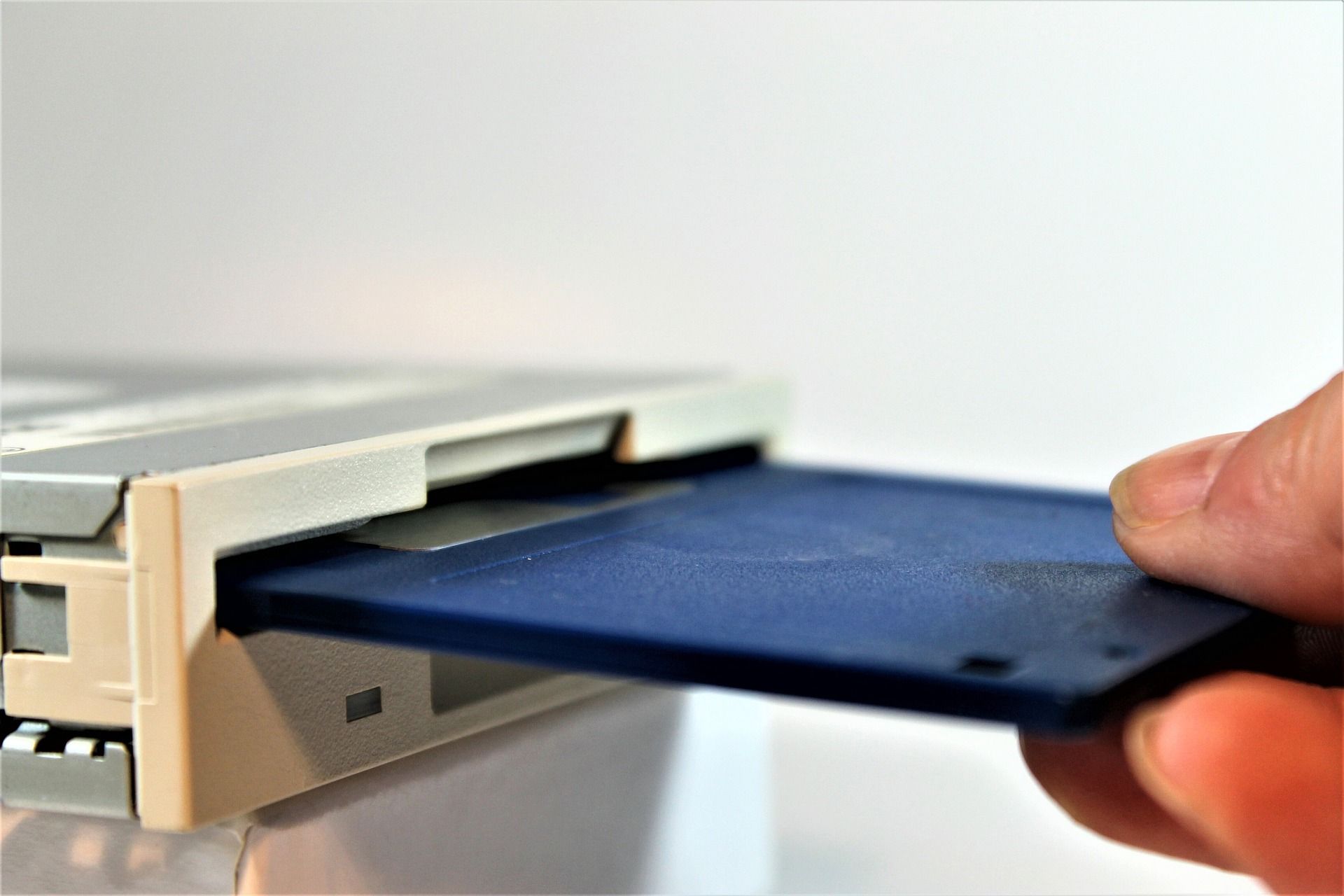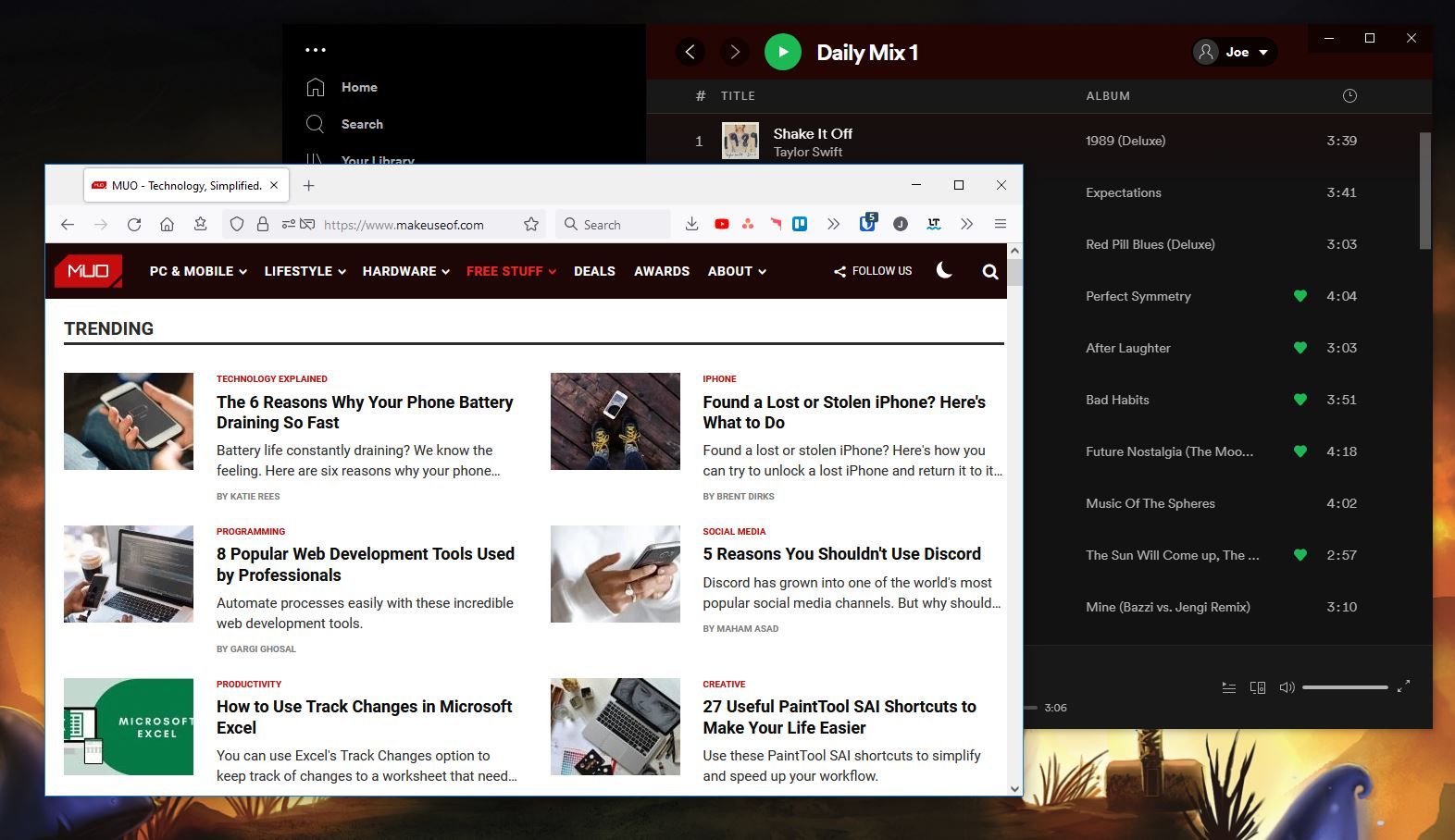For many people, Windows has been around for longer than they've been alive. Established in 1985, the popular operating system has gone through many iterations since then.
Windows remains the most widely used desktop operating system. Perhaps you've been using it since the beginning? Windows certainly has changed since the first version, but some elements remain consistent.
We're going to rewind the clock and take a look at some of the signs that show you're a seasoned Windows user—old features that have since been discontinued, cheesy marketing campaigns, classic start-up sounds, and more.
1. You Played Space Cadet Pinball
Though businesses around the world use Windows, the operating system also established itself as the place for gaming from day one. Many of us are familiar with classic games like Minesweeper and Solitaire, which came bundled with Windows and proved perfect time wasters.
But do you also remember playing pinball? 3D Pinball: Space Cadet first came in Microsoft Plus! 95, an enhancement pack for Windows 95. It was then included in Windows NT 4.0, Windows 2000, Windows ME, and Windows XP.
The game offered a single pinball table—a funky purple and blue affair, on which players could use the two flippers to send the ball flying. The aim, of course, was to rack up as many points as possible and land a place on the leaderboard. Though, since it was all offline, you were often just trying to beat yourself!
Unfortunately, 3D Pinball died with XP and hasn't been included in a Microsoft operating system since (in fact, Windows doesn't come bundled with any games nowadays). Some believed this was for legal reasons, since an external company called Cinematronics developed the game.
In actuality, it was because there was a bug in the 64-bit XP version of the game where the ball would glitch through objects. The team couldn't make heads or tails of the code, let alone figure out why the collision detection wasn't working. Rather than waste value time trying to make it work, Pinball was dropped from Windows Vista.
2. Jennifer Aniston Taught You About the Start Bar
Back when Windows 95 released in 1995, Microsoft released a video starring Jennifer Aniston and Matthew Perry as they meet a "wacky bunch of propeller heads" in "the world's first cyber sitcom". As you can probably guess, nothing in the video has aged well, but it's all the better for it.
Windows 95 marked the introduction of the now-famous Start button and taskbar, which still exist today in Windows 11. It now seems strange to think about them being new features, but previously program groups had to be launched from a Program Manager. The new menu in Windows 95 allowed applications to be nested in folders and also gave access to other functions like search and shut down.
Controversially, with Windows 8, Microsoft created the Start screen, a full-page display to launch applications. After much public outcry, Microsoft relented and reintroduced the more traditional Start button in Windows 8.1.
3. You Knew The Genius
"It looks like you're writing a letter."
For some, these are chilling words. It's what Microsoft's Office assistant Clippy would say as it popped onto your screen. Though Clippy could be helpful, many found it annoying, which led to lots of parodies and campaigns against the poor anthropomorphic paperclip.
Did you know that Clippy was actually one of many assistants? While the advice they'd give would remain the same, you could welcome other characters like a robot, a superhero dog, and a genius (who bore a strong resemblance to Albert Einstein).
The characters changed depending on what version of Office you had, with The Genius introduced in Office 97. You'd also find them elsewhere on the operating system, like when performing a system search. Sadly, Clippy and his pals have long gone from Windows—though Clippy does make a small comeback in Microsoft Teams.
4. You Remember the Original Use of the A and B Drives
Have you ever wondered why the C drive is the default letter for your primary storage drive? It's because originally the A drive was for floppy disks, with the B drive reserved for those who had enough money to splash on a second floppy drive.
Motherboards had standard support for two floppy drives, so Windows pre-assigned two drive letters accordingly. As such, any additional drive would become the C drive.
You couldn't reassign the A and B drives because it wasn't considered important to do so. Developers built software with the expectation that it'd be stored on the C drive.
Of course, times have now changed—you can use Disk Management to assign the letters A and B to your drives, if you want.
5. Overlapping Windows Were Innovative for You
The first version of Windows used a tiling windows manager. This meant that you couldn't overlap any windows; they all had to be placed alongside each other. This changed with Windows 2, thanks to the implementation of a stacking window manager. It's something we take for granted now, but at the time it was considered an innovative feature.
Although it might seem simple in concept, the stacking process has actually improved over time. You may remember a common bug in early versions of Windows, particularly XP, where if a window stopped responding and you dragged it around the screen, it'd leave a trail behind. This was because the stacking manager was unable to redraw the windows efficiently.
6. You Know All the Ways to Open the Task Manager
The Task Manager first came about, as we now know it, in Windows NT 4.0. While a program called Tasks did exist beforehand, which displayed the current programs running, Task Manager implemented more advanced features.
Task Manager is a long-standing feature of Windows, but do you know all the ways to open it? Different methods have been introduced over the years. For example:
- Ctrl + Shift + Esc
- Ctrl + Alt + Del and select Task Manager
- Right-click a blank space on the taskbar and select Task Manager
- Win + R to launch the Run command and then input and enter taskmgr
- Press Win + X (or right-click the Start button) and select Task Manager
7. You've Heard and Seen All Startup Screens
The Windows startup screen has not only been seen the world over, but also heard. While they've become less relevant over the years as boot times improve, it's still something that many people see every day when they turn on their computer.
Brian Eno is a British composer and ambient music innovator who composed the Windows 95 startup sound. He was paid $35,000 and the sound lasts just over 3 seconds. Check out the video above to see and hear all the startup screens over the years. Which brings back the most memories? If you recognize them all, you're definitely a seasoned Windows user.
Windows Is Here to Stay
Hopefully this has been an entertaining walk down memory lane. But don't worry, Windows isn't going anywhere. Though Microsoft once claimed that Windows 10 would be the last version of Windows, the company eventually changed its mind and released Windows 11. Who knows what the future of the operating system will hold?

